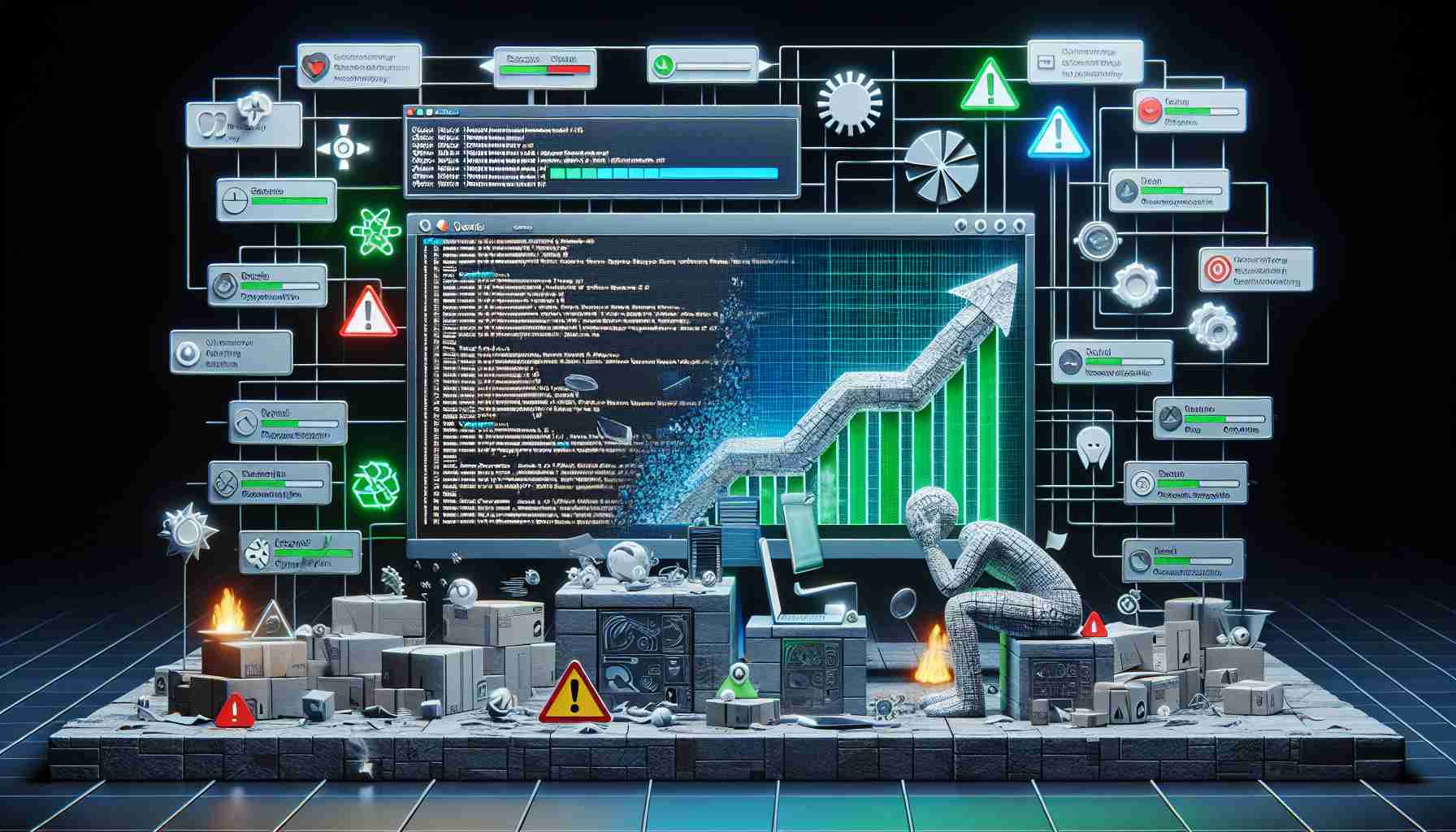Many users experienced notable challenges during the transition from OCLP 1.4 and 1.5 to the newer OCLP 2.1.2 with Sequoia. Reported issues included instability, which severely affected the performance of various applications. For instance, the Crashplan application became unresponsive, indicated by a troubling red notification in the top menu bar. Furthermore, users noticed discrepancies in the text displayed in the main application interface, prompting confusion.
Additional complications arose within the Finder application, which was reported to freeze frequently. This disruption severely impacted the overall user experience, making routine tasks cumbersome. Users also faced significant issues with video playback on platforms like YouTube, where videos failed to display at all, contributing to growing frustration.
In light of these difficulties, some individuals are opting to revert to an earlier version of OCLP. The objective is to restore stability by reinstalling the older applications alongside Sonoma, hoping to mitigate the glitches introduced with the latest update. As the tech community rallies to address these persistent issues, many anticipate that returning to a proven version may offer a more reliable environment. The experience underscores the importance of thorough testing and user feedback in software development, as users seek balance between new features and consistent functionality.
Struggles with Software Updates: A Transition to a Stable Version
The journey to a stable software version can often be fraught with challenges that go beyond just minor bugs and interface issues. As users transition from one version of software to another—such as from OCLP 1.5 to OCLP 2.1.2 with Sequoia—various factors come into play that can make or break the user experience. The struggles faced during this transition not only highlight the complexities of software updates but also raise significant questions regarding development practices and user expectations.
What are the key challenges faced during software updates?
Users commonly encounter several challenges, including:
1. **Compatibility Issues**: New updates often lack compatibility with older hardware or software, leading to features not functioning as intended or applications crashing unexpectedly.
2. **Learning Curve**: With every major update comes a change in user interface and functionality. Users must adapt to new layouts, tools, and workflows, which can lead to confusion and decreased productivity.
3. **Resource Management**: New versions may demand higher system resources. This can result in slower performance on users’ existing hardware, especially if the update is not optimized for older machines.
4. **Inconsistent User Experience**: Users often report differences in application behavior that were not anticipated, disrupting workflows that have been established over time.
5. **Limited Testing and User Feedback**: Companies sometimes rush to release updates without adequate testing or consideration of user feedback, leading to unresolved issues that impact usability.
What controversies surround the transition to new software versions?
One ongoing controversy is the transparency of the update process. Users increasingly demand more communication regarding what to expect in an update. Companies that fail to provide clear information risk alienating their user base. Additionally, there is the debate over the ethics of forcing users to adopt newer versions, especially when the legacy version offered a stable experience.
What are the advantages of transitioning to newer software versions?
While challenges abound, there are also significant advantages to adopting newer software versions, including:
– **Enhanced Features**: Newer versions often come with improved features that can enhance productivity and user engagement.
– **Security Improvements**: Updates frequently include critical security patches designed to protect users against vulnerabilities.
– **Support for New Technologies**: Staying updated allows users to leverage advancements in technology and integrations that are unavailable in older versions.
What are the disadvantages of updating software?
Despite the advantages, there are notable disadvantages:
– **Instability**: As found in the case of OCLP users, newer versions can introduce unexpected instability that disrupts regular usage, negating the benefits of new features.
– **Lost Customization**: Updates can reset user settings or remove customization options that were valued by users in earlier versions.
– **Learning Curve**: Users must invest time in reorienting themselves with the software’s new environment, which can lead to short-term productivity losses.
Ultimately, the struggle with software updates is a balancing act. Users must weigh the compelling reasons for transition against the often frustrating realities that accompany it. As they navigate this landscape, user communities play a crucial role in providing feedback that can guide developers in creating better, more stable software iterations.
For more information on software updates and their implications, visit TechCrunch and Wired.
The source of the article is from the blog revistatenerife.com
